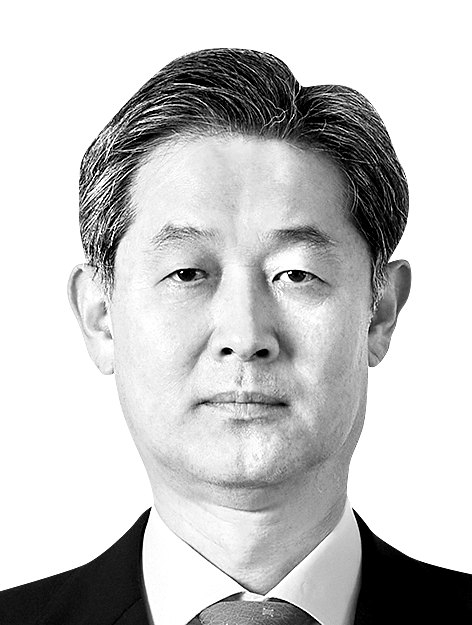Dealing with the post-Itaewon trauma

The author is psychiatry professor at Seoul National University College of Medicine.
The last weekend of October 2022 will be remembered for the tragic loss of young lives in the crowd crush in Itaewon in a Halloween celebration. A restricted alley became a deathbed for 156, including 26 from 14 lands abroad. Most were young. They were forced to keep to themselves amid virus-related social restrictions over the last three years.
For the first unfettered Halloween festivities in three years, teenagers and young people in their 20s and 30s would have rushed out to enjoy a sense of freedom. The entire country has been saddened by the instant deadly crush that cost many lives. The shock and sadness of families who lost sons and daughters overnight cannot be fathomed. The bereaved families and survivors may not shake out of the psychological trauma for a long time.
Post-traumatic stress disorder (PTSD) can come out in various emotions: anxiety, fear, depression, helplessness, and rage. Survivors could develop dissociation lapses after watching people die just before their eyes or they could dream or remember the tragic scene over and over. Some could live in guilt for having survived and come under stress to do better on behalf of other unfortunate lives. No one should feel guilty as the incident is not their fault. People must give the survivors time to shake off the trauma and sense of guilt.
The general public also can suffer trauma. The chaotic and surreal scenes have gone viral. Watching real people die can be shocking. Time will heal. But if disturbing thoughts come too often and are uncontrollable — or if feelings become excessively numb — people must seek professional medical help or visit trauma centers.
If one cannot sleep or concentrate, startle or madden easily, even though one was not directly involved, they also must suspect mild PTSD symptoms. They should try deep breathing or meditating to excite parasympathetic nerves to help ease anxiety.
The media could be tempted to report provocative scenes or information due to public attention to the accident. But it must exercise extra prudence in news, photo and video distributions, as they could be further upsetting to survivors and bereaved families.
Rumors and expression of extreme hatred and rage through the internet and mobile platforms must be restrained. If unverified information goes viral, it can become fake news that causes additional pain to many people. Politicians must not politicize a deadly disaster and people must not exploit the tragedy to blame a certain group. Times like these require quiet mourning, support and empathy for the suffering.
Although the accident is nobody’s fault, one cannot but feel it could have been prevented or minimized. Few could have imagined a crowd crush could happen in an alleyway. Police and the Yongsan District office say they could not foresee the danger since there was no particular organizer of the events in Itaewon.
As liability cannot be pinpointed, it is more urgent to grieve for the lost ones and help the people and nation recover from the trauma instead of trying to find scapegoats. After some recovery, the government, the National Assembly, and academia must share wisdom to draw up effective measures to prevent unpredictable accidents in the future.
Japan strengthened its public safety system and laws after a major crowd crush during a fireworks festival two decades ago. We pray such horrific disasters never takes place again and extend our deep condolences to the victims and their families.
Translation by the Korea JoongAng Daily staff.










with the Korea JoongAng Daily
To write comments, please log in to one of the accounts.
Standards Board Policy (0/250자)